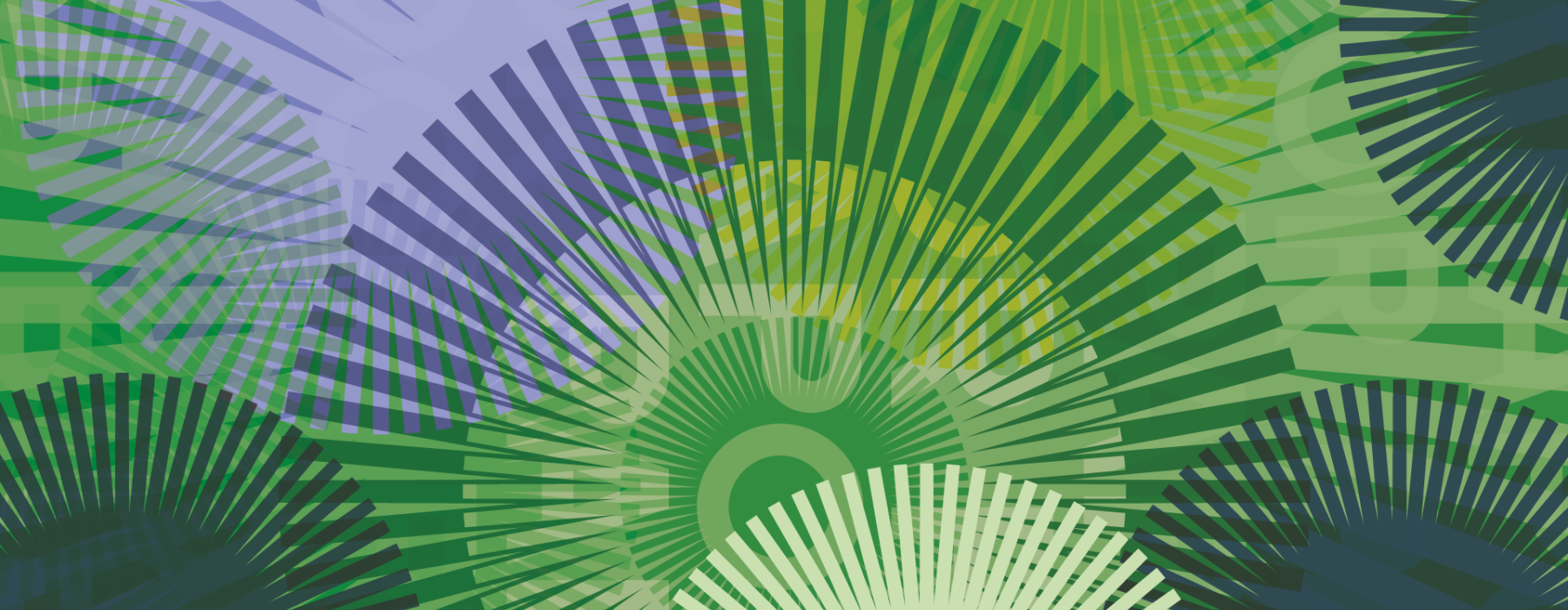
In addition, the objects reflect regional networks and the international influences that have shaped, but also threatened, Papuan worlds. The impact of Christianity and the destructive consequences of mining and plantation economies are visible in the collection.
Now that the Papuan region is facing ecological and humanitarian crises, the collection takes on even greater significance in the West, especially for the Papuans in New Guinea and the diaspora, such as in the Netherlands. The exhibition provides a platform for their stories and is a call to understand Papuan art in its full context, with respect for the Indigenous worlds and their future.
A different concept of time
Time is an important theme in ‘Time for Papua’. Objects are not silent witnesses; they are links in relationships between people, ancestors, and the environment. In rituals, these relationships are activated again and again, allowing the past, present, and future to coincide. Whereas museums preserve objects, in Papua, ideas about time are dynamic and circular—with room for renewal through loss and decay. What does it mean when objects are removed from that cycle and preserved “forever” elsewhere?
Contact with ancestors
These questions are all the more urgent because living environments are changing rapidly. Religious missions, colonial interventions, and the rise of plantation economies and mining have shifted landscapes, rhythms, and meanings. Palm oil plantations, rice fields, and mines sometimes make contact with ancestors in the forest literally impossible, and with that, the experience of time also changes. At the same time, strong contemporary voices are being heard: artists, communities, and activists are working toward a future in which ecology, justice, and culture reinforce each other.
Borders
The exhibition also highlights borders and identity. The straight border on the 141st longitude—drawn by colonial powers in the nineteenth century—cut families and territories in half. But borders are more than lines on a map: language areas, ritual networks, and gender roles also form “borders” within which people position themselves, challenge each other, and innovate. Warriors, woodcarvers, weavers, and contemporary artists show how identity arises in constant exchange: with ancestors, with neighbors, and with the oceans that connect villages.
Borders and identity
The exhibition also highlights borders and identity. The straight border on the 141st longitude—drawn by colonial powers in the nineteenth century—cut families and territories in half. But borders are more than lines on a map: language areas, ritual networks, and gender roles also form ‘borders’ within which people position themselves, challenge each other, and innovate. Woodcarvers, weavers, warriors, and contemporary artists show how identity arises in constant exchange: with ancestors, with neighbors, and with the oceans that connect villages.
An exhibition of stature
With nearly 50,000 objects, the Wereldmuseum manages the world's largest Papua collection from western New Guinea. The origins of this collection are closely linked to Dutch colonisation, the appeal of the objects to European avant-garde artists in the twentieth century, and recent artistic relations between the Netherlands and Papua. The objects tell the stories of Papuan cultures, their craft traditions, and worldviews, in which time is not linear and the past, present, and future can exist simultaneously.